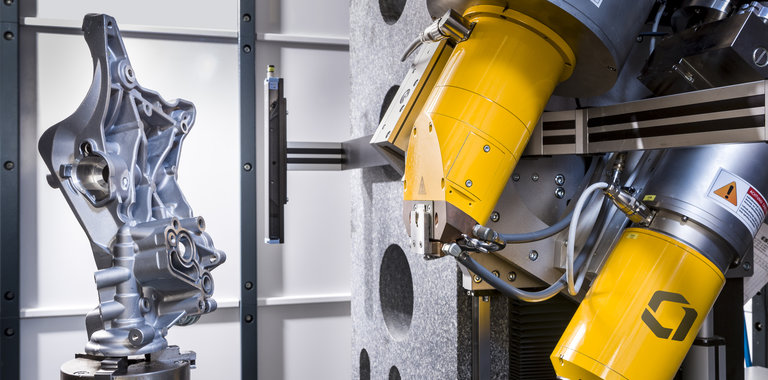Image
Image

Eyebrow
Blog
What is graininess in radiography?
In this article:
- Graininess Affects Radiographic Image Quality: Graininess refers to the visual texture or noise in a radiographic image caused by the random distribution of silver grains in the film emulsion, impacting the clarity and detectability of fine defects
- Film Type and Processing Influence Graininess: The size and distribution of grains vary by film class and processing conditions—finer-grain films (e.g., Agfa D2 or D4) produce sharper images, while coarser films may introduce more visible grain
- Higher Radiation Energies Can Increase Graininess: As radiation energy increases, more silver grains are activated, potentially amplifying graininess and reducing image contrast if not properly managed
- Digital Radiography Reduces Graininess: Computed radiography (CR) and direct radiography (DR) systems often exhibit less graininess than traditional film, especially when using high-resolution phosphor plates or flat-panel detectors
- Balancing Graininess with Sensitivity Is Key: Selecting the right film or digital detector involves balancing graininess with sensitivity and resolution to ensure optimal defect visibility in non-destructive testing (NDT) applications
When a developed X-ray film is viewed in detail on an illuminated screen, minute density
variations are visible in a grainy sort of structure. This visual impression is called “graininess”
and a measurement of this phenomenon establishes a degree of “granularity”.
